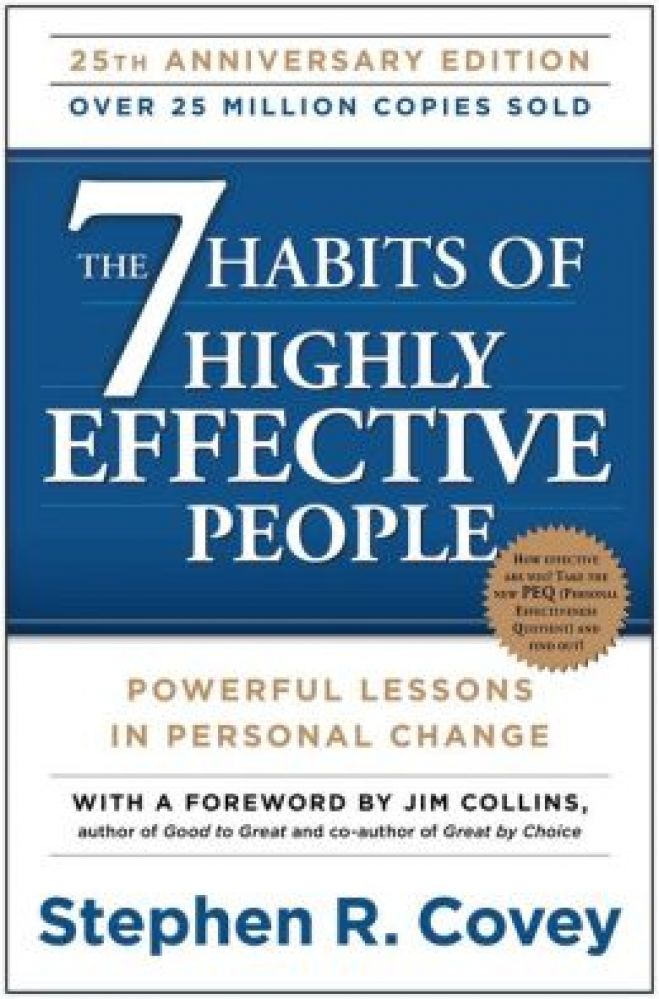Commercialize Christmas?
- Published in Marketing
It feels like Christmas has become one big glittery, sparkly, in-your-face, garish commercialized mess. Let me explain. I’ve been looking at light-up Rudolph in the local warehouse store since September. Since when does the birth of Christ begin its celebration in September…with reindeer…and glitter?
The Christmas decorations invaded retailers insidiously, first with a little red and green display that progressed to full blown Santa on Sale signs. And it isn’t just retailers.
Business owners of all kinds are running Christmas sales and Christmas specials and Christmas coupons and sending non-religious cards containing refrigerator magnets to remind you about their companies. Because Christmas has lost its real meaning.
Beginning with Black Friday, Christmas is a flurry of spending money. Sales. Merchandise. Stuff. And it’s all in the name of Christmas.
How do we, as entrepreneurs, participate in the holiday celebration without using it as a vehicle or marketing tactic? Honestly, I keep envisioning those moneylenders when I walk into the mall. Is it too late? Has Christmas lost all meaning? Is it all about money?
A lot businesses think so…or at least that’s how they behave. As Christians who are involved in the business community, we can make choices. We don’t have to get swept away with the glitter and the hype. We can celebrate and include our businesses without cheapening the holiday. It’s all in your intention and presentation.
Instead of sales and specials and coupons and magnets, what if businesses spent the holiday marketing budget on contributions to worthy causes and presented it tastefully? It would be like marketing your business AND marketing the birth of Christ with a giving spirit.
Plan ahead and strategize. Do your research. Find a cause that is important to your customer base. Analyze the research and choose one charity, fund, hospital, or organization that embraces Christian values and needs help. Consider how much you can afford to donate, taking into consideration your marketing budget for the campaign.
This is where your marketing gurus come in. Careful wording is the key to a successful pitch. Depending on your product or service, you want to publicize the fact that this year you are giving a gift in celebration of Christ’s birthday. Explain the donation recipient’s need and how you came to choose them. Tie everything up with a ribbon of Jesus’s love. You are marketing the spirit of giving, but not pushing to sell yourself. Instead, you are showing your generosity and encouraging others to join you in the spirit of the season. Ask them to donate what they can, whether time or funding, to the chosen cause.
It is possible to promote your business and remain true to Christmas. You don’t need garland, flashing lights, an impossible number of coupons, sales representatives dressed as elves, or Christmas carols automatically blaring when one opens your landing page. All you need is to embrace the spirit of the holiday and give. Encourage others to give. When your customers think of you after the flash and glitter are over, the impression will be a lasting one, not a one-day-only-twenty-four-hour abuse of a very special holiday.













